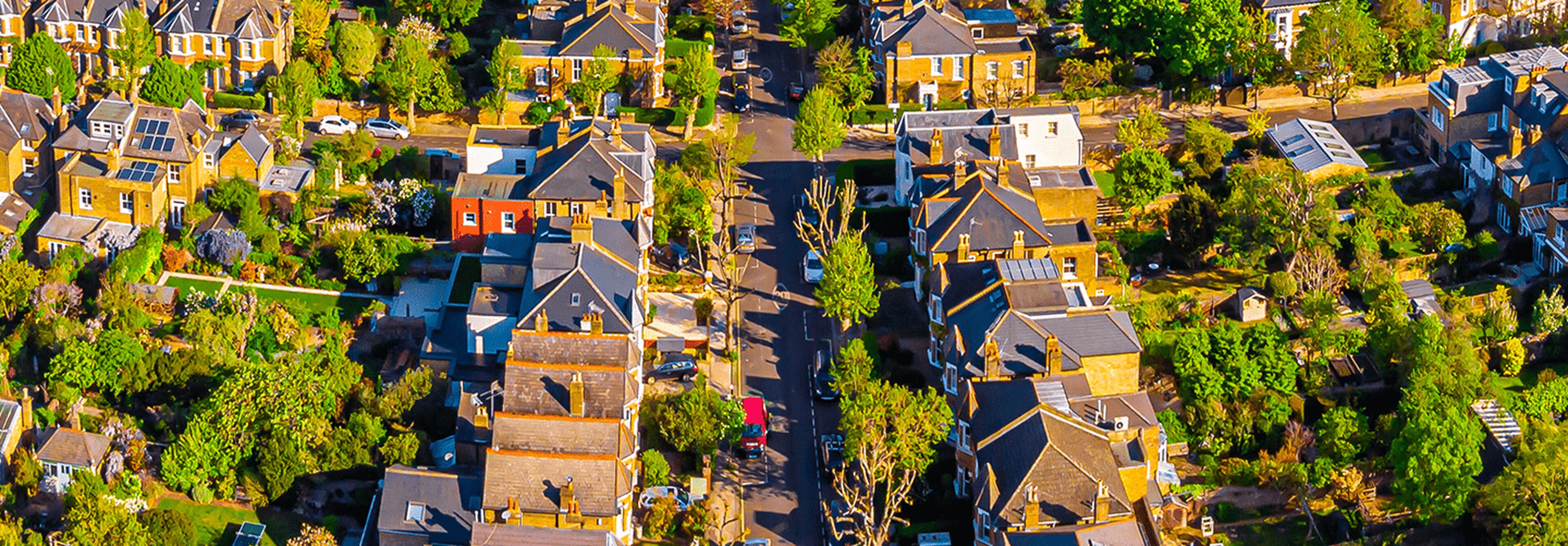
HM Land Registry Strategy 2022+: The home buying process of the future
A fully digital property market is just around the corner.
For the last 160 years, HM Land Registry (HMLR) has been guarding an asset of national significance worth over £8 trillion. However, we’re not talking about treasures you dig up from the ground, we’re talking about the land itself; and the property rights database associated with it of more than 26 million sites.
As a cornerstone of the entire property market, it’s hardly contentious to point out that the better land registration works, the better the property market functions, and yesterday, HMLR pushed ahead with their ambitious agenda when they unveiled the next stage of their digital transformation strategy that gears towards a fully digital property market.
Strategy 2022+ sets out how HMLR intends to transform land registration in England and Wales. The plan comprises 5 pillars; providing secure and efficient land registration, enabling property to be bought and sold digitally, providing near real-time property information, providing accessible digital register data, and finally, leading research and accelerating change with property market partners. Accompanied by a new three-year Business Plan, this sets out a clear roadmap for how HMLR plans to work with the property market to co-create a homebuying process of the future that is quicker, more efficient and more user-friendly. To ultimately deliver improvements for homeowners across the country. So, what will this look like in practice?
Automation will improve service speeds for customers
Currently, 20% of applications to HMLR require direct follow-up with the applicant to resolve an application issue. This increases to around 60% for more complex applications, resulting in extensive delays and sunk time and costs for conveyancers.
The move to greater levels of end-to-end automation for the land registration process would result in up to 70% of all updates to the Register being done automatically by 2025. With automated applications potentially being completed within one day, many of them in seconds, this level of automation would free up vital staff time to spend on reducing the wait times for more complex property transactions.
Higher quality of upfront property information (at your fingertips)
Current claims will tell you that a lack of “upfront information” about properties leads to 8% of transactions falling through, costing buyers up to £2,700. By digitising and allowing access to information on ownership, location, mortgages, local land charges, and more in real-time. HMLR’s strategy would enable properties to be bought and sold digitally, saving customers money when purchasing their homes.
Furthermore, it would open the door to the market adopting new technologies, paving the way toward a more digital property market. This element of HMLR’s digital transformation is only possible by working together and they have invited the UK property sector to work in partnership to create this vision that will benefit homeowners across the country.
More transparent property data
The commitment from HMLR to increasing the openness and accessibility of property data is an incredibly positive step. And there are clear economic benefits to this proposal that stretch beyond the target audience of the potential home-owner. By opening up property data in this way, it would help government and others in the industry to generate clearer insights in order to tackle challenges ahead, be they social, environmental, and/or economic.
